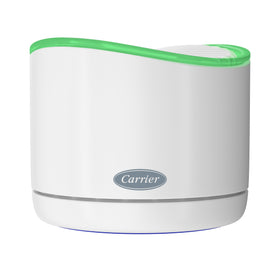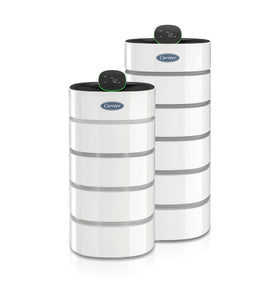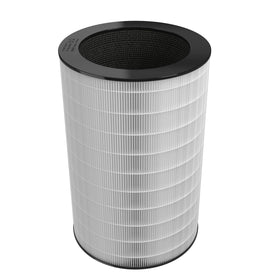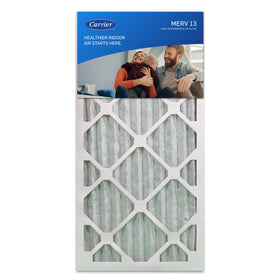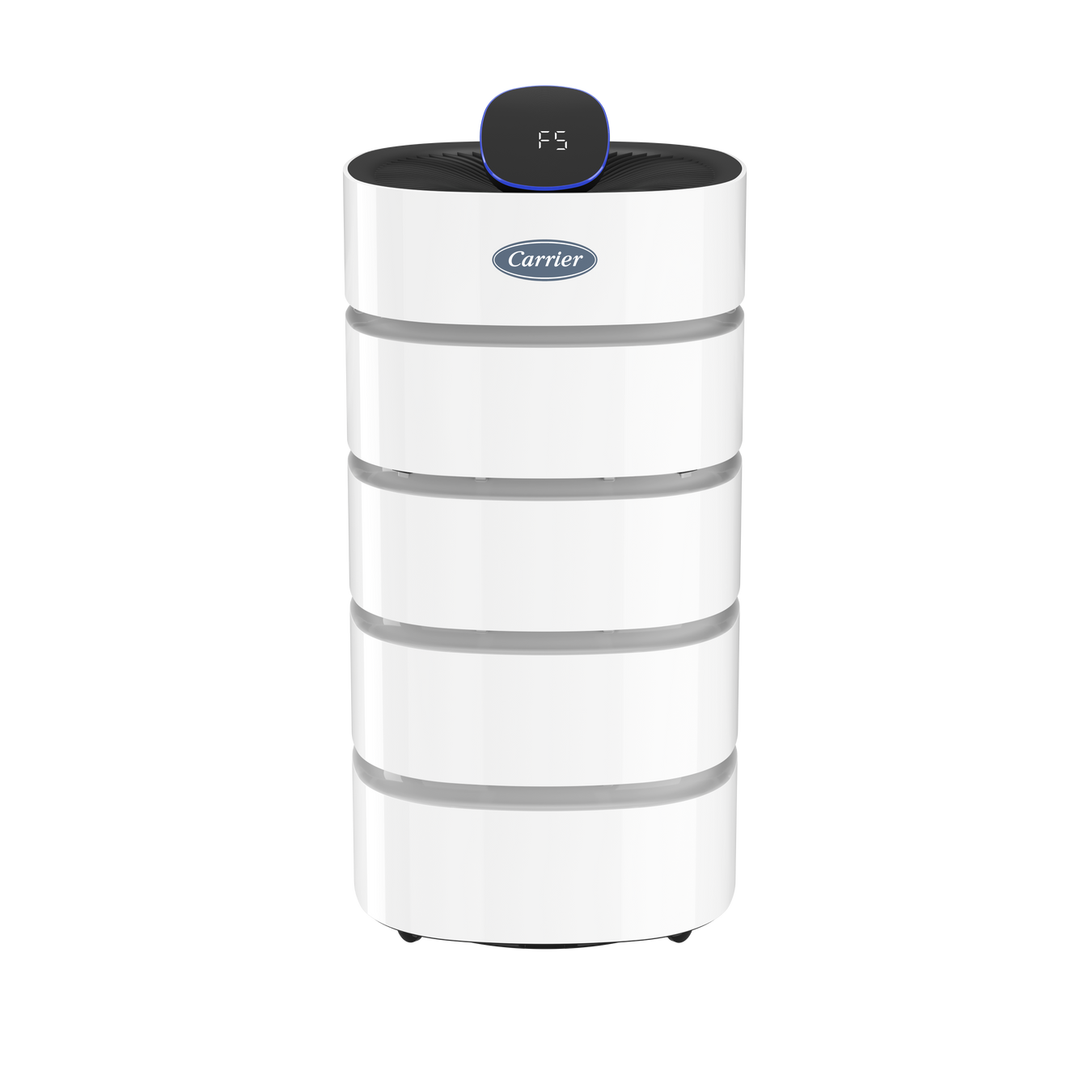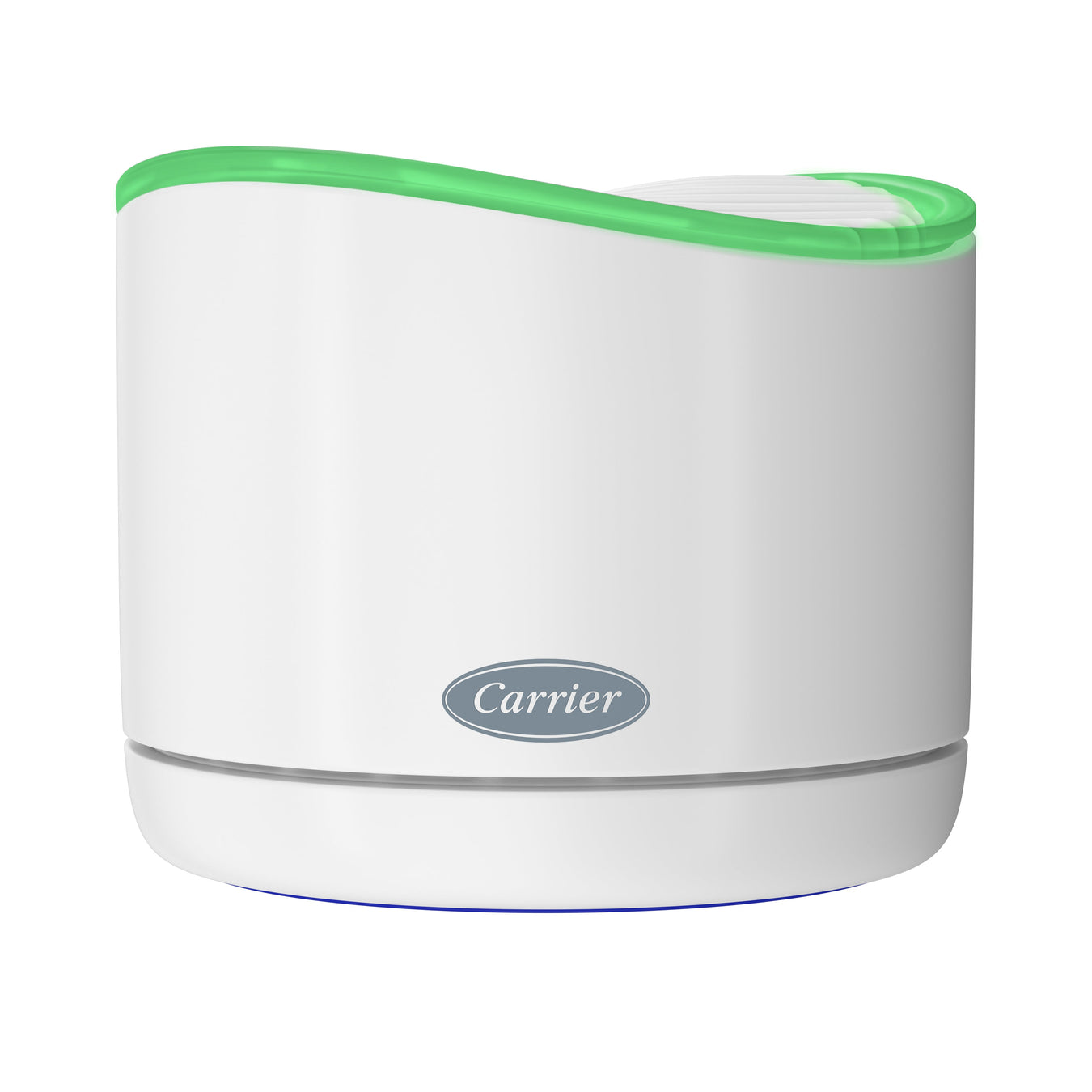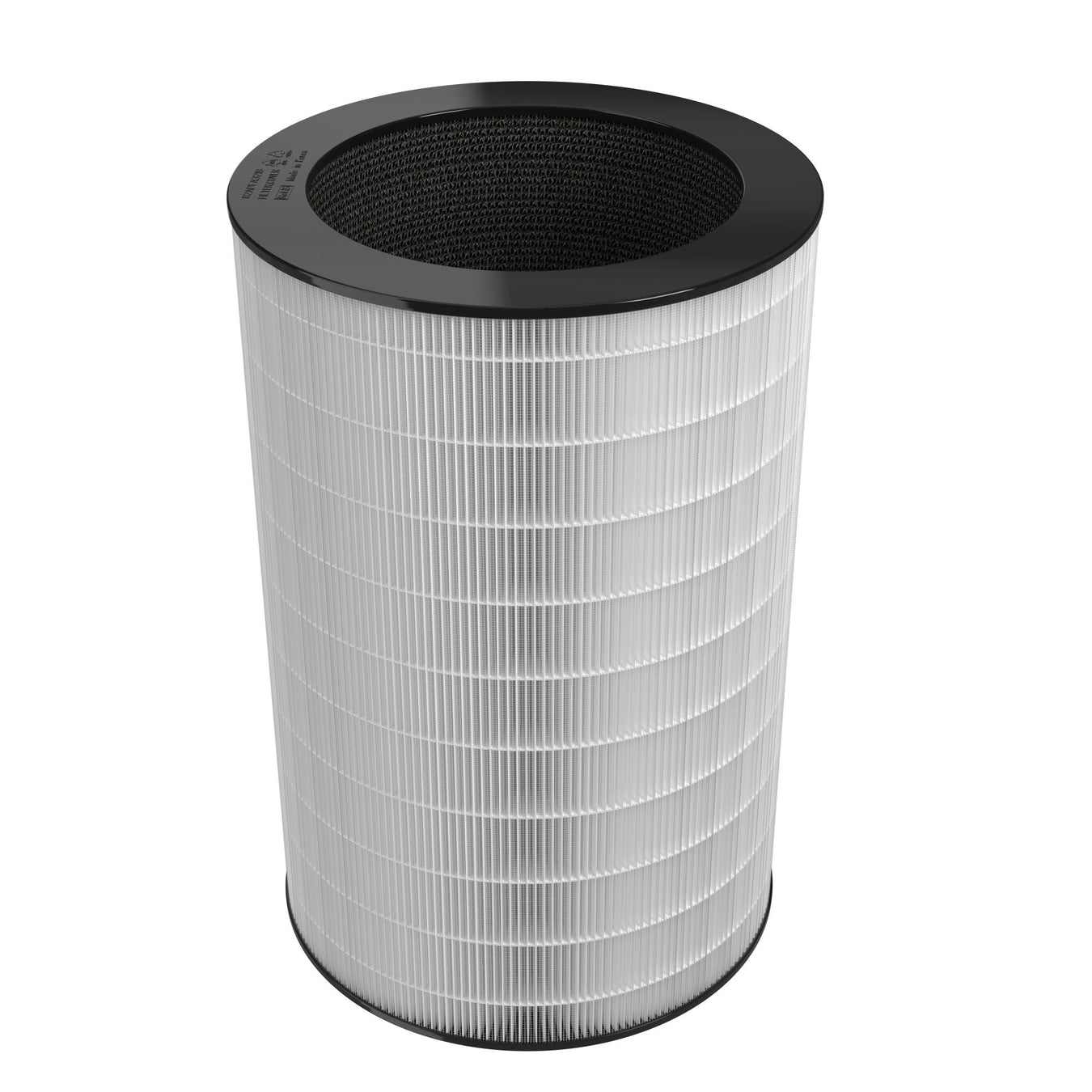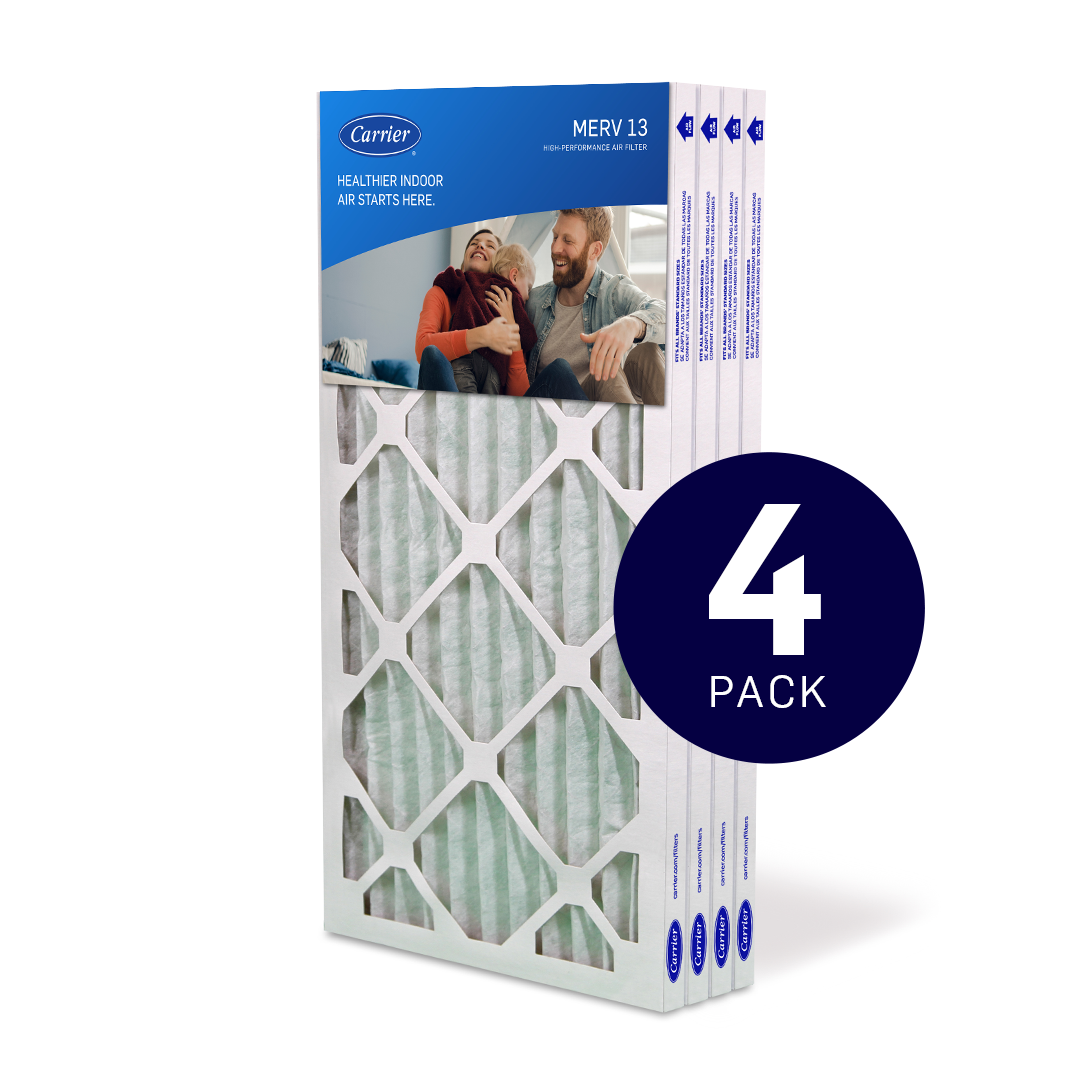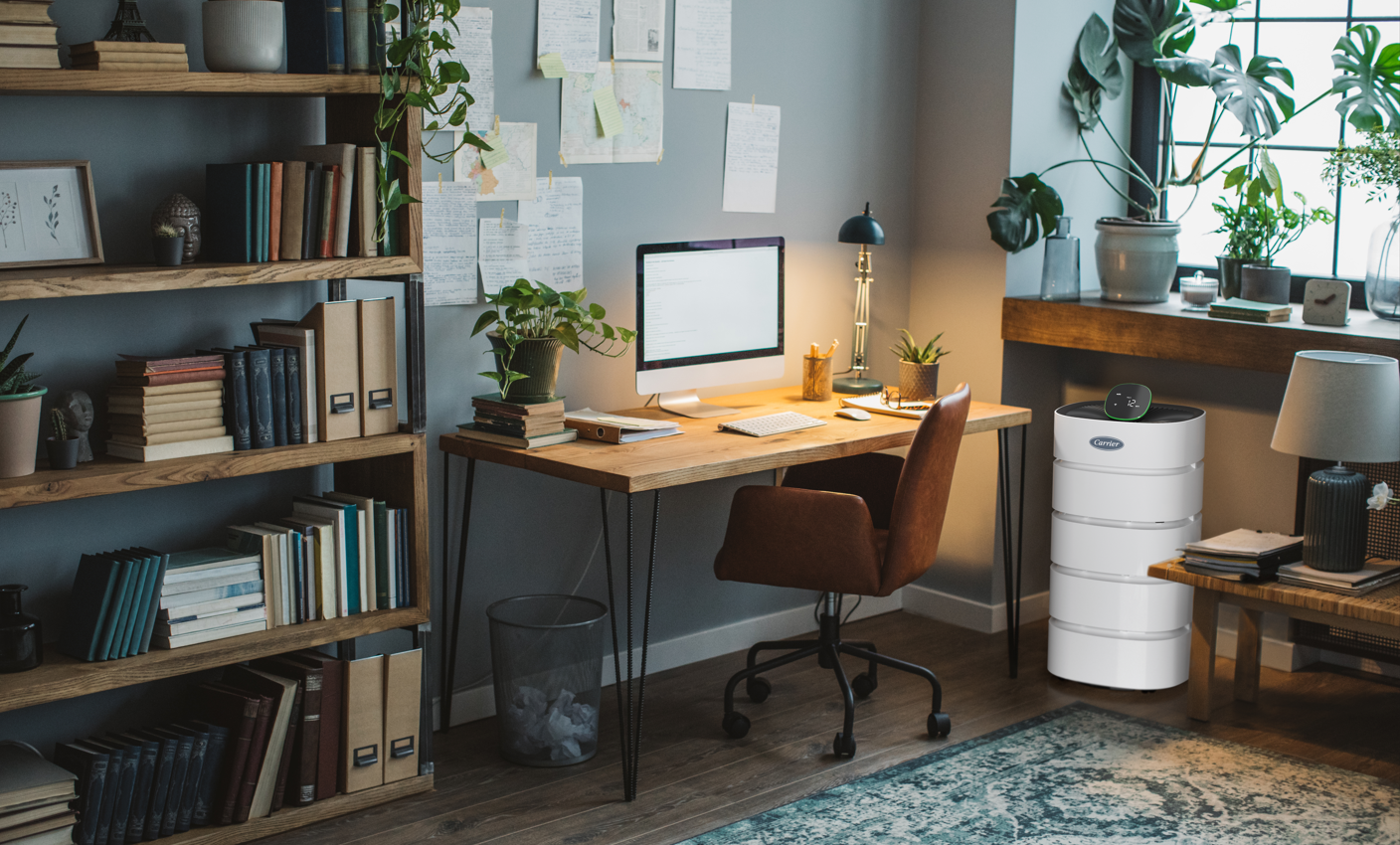
How to Improve Air Quality When Working From Home
With the increased number of people working from home after the COVID-19 pandemic1, indoor air quality at the house has become more important than ever. In fact, if you are spending more time at home and have noticed an increase in headaches, itchy/watery eyes, or dizziness2, you may not be surprised to know that the air quality in your home can be 2 – 5 times more polluted than the air outside.3 The effects of bad indoor air quality stated previously may affect your work productivity4, and is a big reason why so many people want to know how to improve indoor air quality in their home offices.
Understanding how to improve air quality in home offices is a little more involved than just placing a random room or desk air purifier in your office. Getting to the root cause of the issue and eliminating sources of airborne pollutants is the best first step. Improving ventilation is another important factor, and yet another layer is adding high quality air filtration or purification. In this article we’ll help identify some of the common pollutants in many homes and provide additional detail on ways to improve air quality in your home office.
Indoor Pollutants Affecting Home Air Quality
To improve energy efficiency, today’s homes are built with more attention paid to keeping outdoor air outside and keeping indoor air inside. Of course, the downside is that airborne particulate matter and other pollutants causing air pollution that affect home air quality are sealed in to circulate throughout the home with less escape. And if you think it’s just a little dust and maybe some odors from cooking, guess again. Airborne pollutants commonly found inside include:
- Outdoor allergens
- Smoke and smog from outside
- Dust and dirt
- Volatile organic compounds (VOCs)
- Pet dander
- Carbon monoxide, radon, and asbestos
- And more.5

If you work from home, and there are pollutants in the air circulating inside the home, you might be exposed for longer periods of time. As a result, you may notice increased susceptibility to annoying symptoms. Some may even experience fatigue, headaches and feeling dizzy. Or you may feel no immediate symptoms at all. That doesn’t necessarily mean no damage is being done. Everyone is different, and in more extreme cases people may suffer from more severe health problems like respiratory disease, heart disease and lung cancer.6
How to Improve Air Quality in Home Offices
The good news is, improving air quality in home offices is not necessarily difficult. Here are some tips on how to make a difference in your home:
Clean/change HVAC filters regularly
Most homes are already outfitted with some basic air filtration as a part of their heating and air conditioning system. And whether you have a basic, one-inch filter or a more sophisticated whole-home air purifier, you’ll need to change air filters regularly as recommended by the manufacturer. This may be every 30 – 90 days, depending on the filter. Doing so will keep your HVAC system operating efficiently, help keep your air ducts clean, and possibly even help extend the life of the system.
Install air quality monitors
Before you can eliminate sources or air contamination, it is helpful to know what is actually in the air! Today, measuring air quality is a little easier than it used to be, thanks to the availability of consumer-friendly air quality monitors. You can also hire a professional to test for specific airborne particles.
Get a room or desk air purifier
To help clear the air in your home office, a high-quality room or desk air purifier can be a big help. What does an air purifier do? It generally has a fan that draws air into the unit, where a filter or series of filters filter airborne pollutants. For the gold standard in filtration, look for air cleaners or air purifiers with HEPA filters. Carrier smart air purifiers with HEPA filters are rated to filter 99.97% of airborne particles 0.3 microns in size and include an activated carbon filter that reduces odors and VOCs from your room’s air. For more on HEPA filters, check out our blog on this subject.

Clean and vacuum
Eliminating sources of airborne pollutants is your first line of defense, and that includes cleaning and vacuuming surfaces that collect dust and other particles. Area rugs, carpets, drapes, and upholstered furniture are havens for dust and other pollutants. These should be regularly cleaned with a vacuum cleaner ideally with its own HEPA filter. Hard surfaces like wooden furniture and floors should be dusted and cleaned to minimize surface dirt and dust from re-circulating into the air.
Get a humidifier
Too much moisture in the air can encourage growth of mold, but too little can invite the spread of viruses and infection.7 Keeping your home between 30 – 60 % relative humidity is the often-recommended sweet spot. For hot, humid summers, your AC system can help dehumidify, but during the winter, you may need to pump some moisture into the air to avoid issues associated with dry indoor air. Adding a whole-home humidifier or room-based model can help maintain proper humidity levels. And to keep tabs on the relative humidity in your space, consider the Carrier Air Monitor, which monitors relative humidity in addition to temperature, total volatile organic compounds and fine particles. Make sure you understand the difference between air purifier vs humidifier before making your purchase.
Improve air circulation
One simple solution for improving air quality is creating better air circulation with a ceiling fan or floor fan. Make sure that you look at the AQI (Air quality index) in your area before you let outside air in. Fan speed is important as well. Too high and it can create noise. Too low and it’s not effective.
How About indoor plants?
Let’s be perfectly clear – using indoor plants is not a practical solution and will not solve air quality problems you may have. The American Lung Association has even released an article on the matter stating: “Don't expect your fern to solve any indoor air problems you have. Scientists continue to study the connection between plants and air pollution, and sometimes plants are effective at reducing air pollution in laboratories. But even if they help, adding plants would not be the best solution for cleaning up indoor air.”8

Improve ventilation
When outdoor air quality is at acceptable levels, introducing fresh air into your home and letting stale, indoor air escape will help improve the quality of your indoor air. So, while opening a window to let fresh air inside can be a good option, it also allows heated or cooled air to escape – reducing your comfort system’s effectiveness and efficiency. A more sophisticated solution to improve home ventilation is with a whole-home ventilation system, like a Carrier HRV or ERV. An HRV or ERV is designed for a controlled exchange of fresh outdoor air for stale indoor air without significant energy loss.
Understanding how to improve indoor air quality and implementing a multi-faceted approach can make working from home a more comfortable and productive experience. It starts with identifying the sources of airborne impurities, eliminating, or minimizing them and improving ventilation and air circulation as appropriate. Then, supplement with one or more high-quality air purifiers to target the remaining pollutants. Carrier offers several high-quality air purifiers designed to give you choices that make the most sense for you, and the size of the room you’re targeting. You may want to add many air purifiers to target different rooms, larger rooms, or rooms with higher ceilings in your home or even use additional filter technologies or solutions based on your needs.
- https://www.census.gov/newsroom/press-releases/2022/people-working-from-home
- https://www.epa.gov/indoor-air-quality-iaq/introduction-indoor-air-quality
- https://www.epa.gov/report-environment/indoor-air-quality
- https://thecogfxstudy.com/
- https://www.epa.gov/indoor-air-quality-iaq/introduction-indoor-air-quality#sources
- https://www.epa.gov/report-environment/indoor-air-quality
- https://www.condair.com/m/0/20-805-condair-infection-control-brochure.pdf
- https://www.lung.org/blog/do-houseplants-really-improve-air-quality

